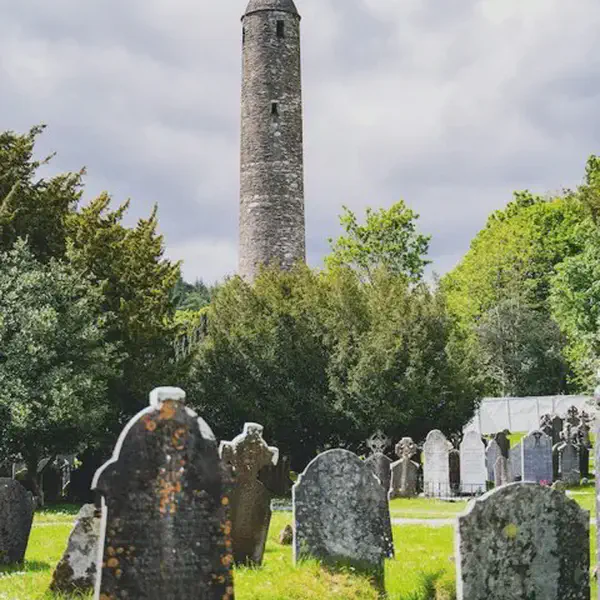
William Wallace Seizes High Ground Above Stirling Bridge and Bars Route of Invading English in Battle the Following Day.
September 10, 1297
On September 10, 1297 William Wallace seizes high ground above Stirling Bridge and bars route of invading English in the The Battle of Stirling Bridge the following day. In numbers the Scots had around 15,000 and the English possibly 60,000, but probably 50,000. De Moray, with William Wallace as his captain, and their forces had come from besieging Dundee and stood situated on the high ground of Abbey Craig, across the Forth and to the north of Stirling. The English forces sought to cross the single narrow bridge and engage the Scottish force.
The Battle of Stirling Bridge was one of the series of conflicts of the Wars of Scottish Independence. On September 11, 1297 the forces of Andrew de Moray and William Wallace clashed with those of John de Warenne, 7th Earl of Surrey, and the English forces suffered defeat.
As the English crossed the bridge, led by Hugh de Cressingham, they encountered marshy ground and slowly spread out towards the Scots. As soon as Wallace judged a sufficient but manageable number of troops had crossed the river he ordered two charges: one straight into the massed English force and another to cut their route of escape. The Scottish forces, in schiltrons, caught and destroyed the English vanguard, the English cavalry proved ineffective on the boggy ground and many were killed. The bridge collapsed as reinforcements tried to cross and the English on the opposite side of the river then fled the battlefield. The Scots suffered relatively light casualties, but the death from wounds of Andrew de Moray dealt a blow to Wallaces forces.